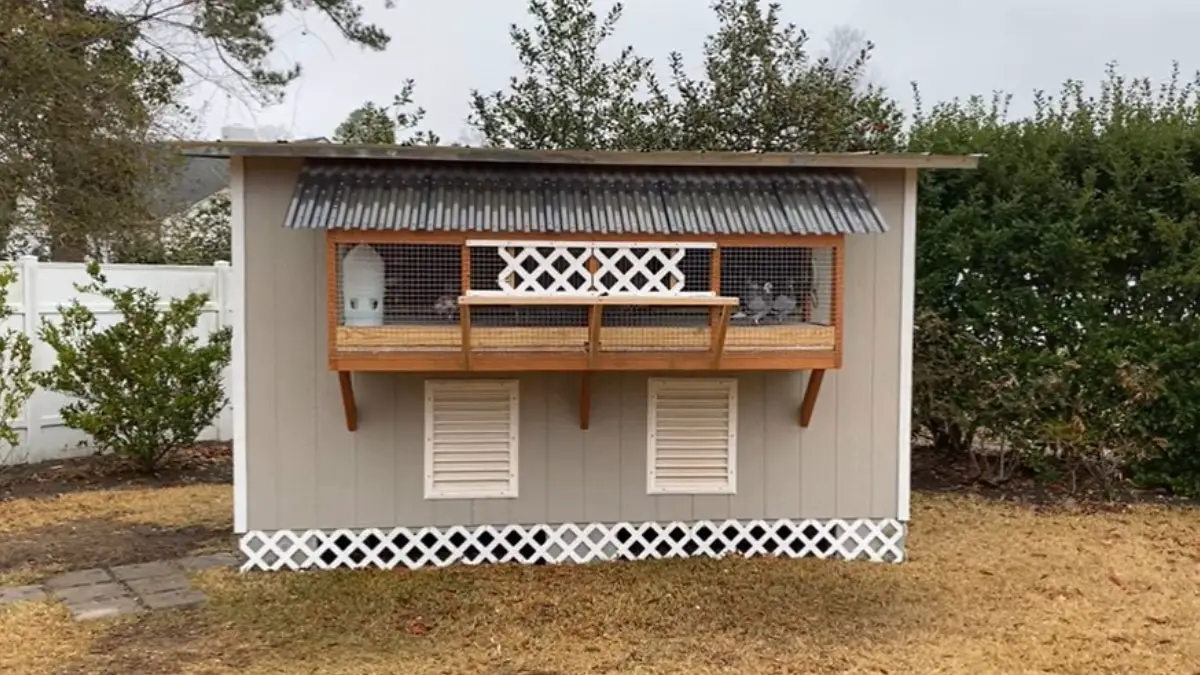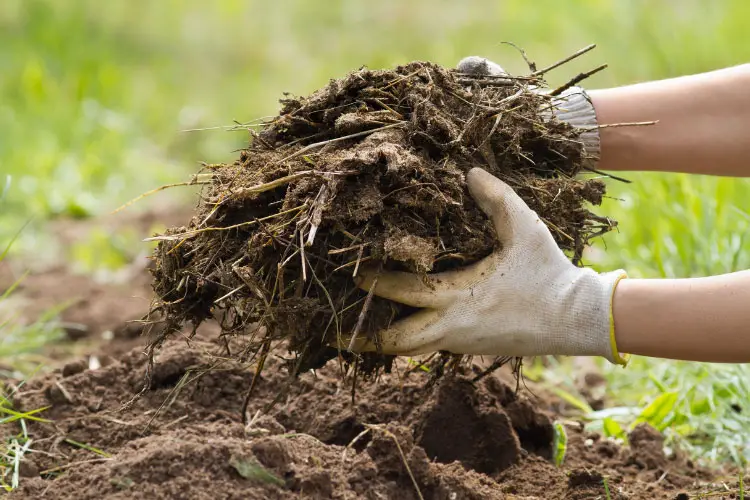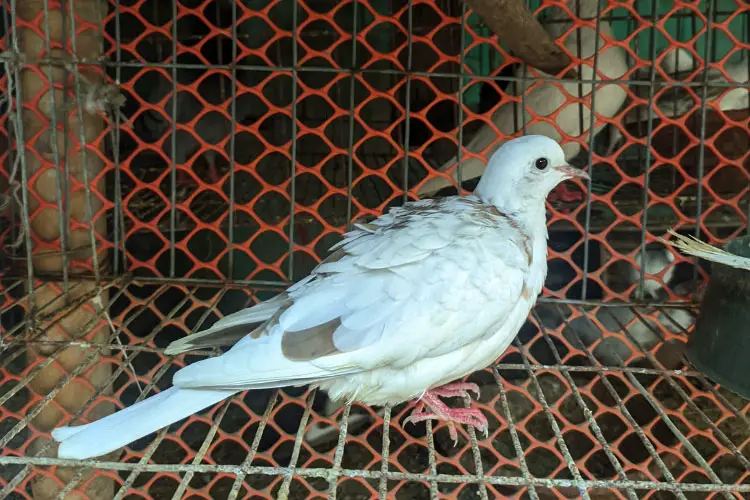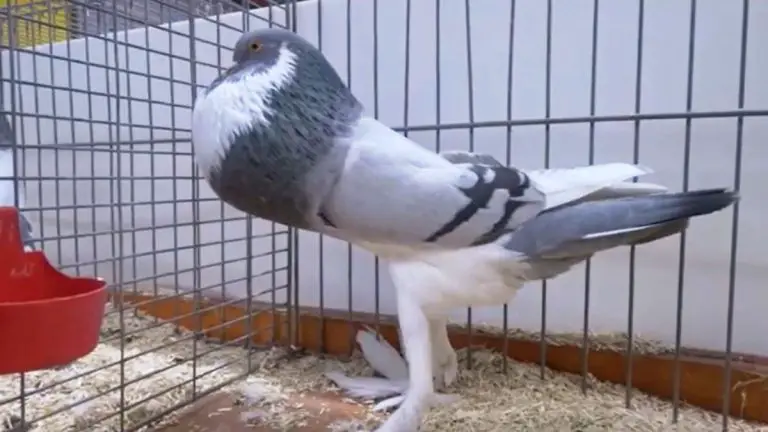Understanding the Pigeon Racing Loft: Design and Maintenance
A well-designed loft provides a comfortable and safe environment for racing pigeons to live and flourish. Conversely, proper maintenance practices guarantee the loft remains clean, sanitary, and free from disease.
Hence, it’s important to understand the design and maintenance of the pigeon racing loft. Pigeon racing lofts require consideration of factors such as size, ventilation, lighting, and nesting boxes. Cleaning, disinfection, proper feeding, and watering systems, as well as disease prevention and health monitoring, are equally important.
This article will provide you with a concise guide to designing and maintaining a healthy and successful pigeon racing loft. Keep reading to learn more.
Basic Understanding of Pigeon Racing Lofts
The primary purpose of a pigeon racing loft is to provide a safe and comfortable environment for the pigeons to live and prosper. The loft should be well-ventilated, with adequate space for the birds to move around and exercise. It should also be designed to protect the birds from predators and inclement weather.
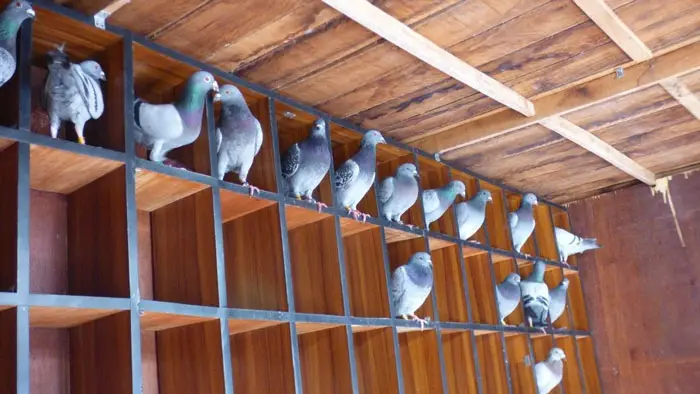
Materials
Pigeon racing lofts can be constructed from various materials, including-
- Wood
- Metal
- Plastic
Features
Many fanciers choose to incorporate a variety of features into their lofts to improve the birds’ health and performance. These features may include
- Perches
- Nesting boxes
- Feeders
- Waterers
Additionally, some fanciers may use specialized lighting or heating systems to enhance the birds’ comfort and health.
Factors to Consider When Designing a Pigeon Racing Loft
When designing a pigeon racing loft, there are several factors to consider. They are as follows.
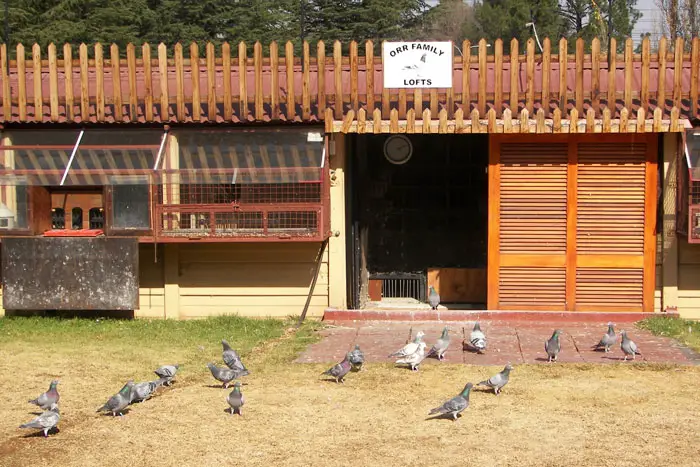
Size and Layout
The size and layout of a pigeon racing loft depend on the number of birds you plan to keep. Pigeons need enough space to move around and stretch their wings. A loft should be designed to provide sufficient space for the pigeons to fly, exercise and move around comfortably.
A rule of thumb is to allow a minimum of 8-10 cubic feet per bird. Assuming you want to increase the loft size for each additional bird beyond the first. In such a case, you can use the same rule of thumb of 8-10 cubic feet per bird.
So, if you have two birds, you would need a minimum of 16-20 cubic feet (8-10 cubic feet per bird). For three birds, you would need a minimum of 24-30 cubic feet (8-10 cubic feet per bird), and so on.
The layout should be designed to allow for easy access to all areas of the loft for cleaning, feeding, and maintenance.
Ventilation and Airflow
Pigeons need proper ventilation to stay healthy and happy. A well-ventilated loft will help remove excess moisture, dust, and odors from the loft.
Good airflow is crucial for the prevention of respiratory diseases that could affect pigeons. Windows, vents, and fans should be installed to ensure proper airflow and ventilation.
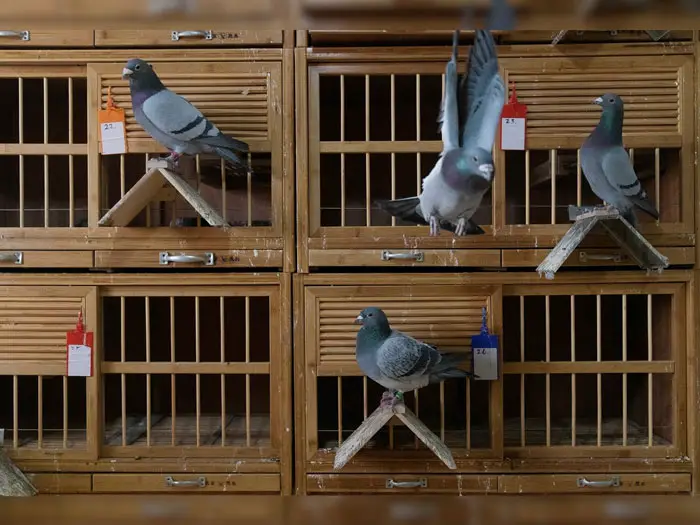
Lighting
Pigeons need natural sunlight or artificial lighting to regulate their circadian rhythm. This affects their breeding, molting, and general health. The loft should be designed to allow enough natural sunlight to enter the loft.
Otherwise, artificial lighting should be installed to mimic natural daylight. Pigeons can handle cold temperatures, but extreme heat or cold may require a heating or cooling system in the loft.
Nest Boxes and Perches
Nesting boxes and perches should be provided to allow the pigeons to rest and lay their eggs. Nesting boxes should be designed to be easy to clean and should provide privacy for the pigeons. Perches should be placed at different heights to allow the pigeons to exercise and move around.
Feeding and Watering Systems
Feeding and watering systems should be designed to make sure that the pigeons have access to clean and fresh food and water. Feeders and waterers should be designed to be easy to clean and refill. They should also be placed in a location that is easily accessible to the pigeons.
Security and Protection From Predators
Pigeons are vulnerable to predators such as cats, hawks, and owls. The loft should be designed to protect the pigeons from these predators. The loft should be secure with strong walls, doors, and windows. A wire mesh should also be installed to prevent predators from entering the loft.
Location and Orientation of the Loft
The loft should be located in an area that is not prone to flooding, has good drainage, and is free from pollution. The loft should also be oriented in a direction that allows for natural sunlight to enter the loft.
Best Practices for Racing Pigeons Loft Maintenance
Here are some best practices for pigeon racing loft maintenance:
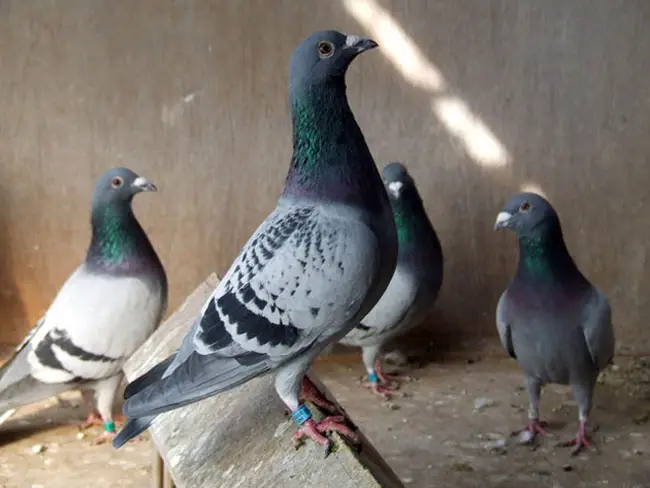
Regular Cleaning
Remember the following cleaning tips.
- Regularly cleaning the loft is necessary to prevent the buildup of feces and other waste that can lead to the spread of diseases.
- Remove all droppings, feathers, and debris from the floor, nesting boxes, and perches.
- Disinfect the loft using a bird-safe disinfectant to kill any bacteria or viruses that may be present.
Nesting Box Maintenance
Make sure the following maintenance is ensured to give the pigeons proper nesting space.
- Check the nesting boxes and perches frequently for wear and tear, and replace any damaged boxes.
- Provide clean nesting materials such as straw or wood shavings regularly.
- Remove any unhatched eggs or dead chicks promptly to prevent the spread of diseases.
Feeding and Watering Systems
This is crucial as food and water will keep your pigeons running. So following tips can be handy to ensure a clean feeding environment.
- Clean and sanitize feeding and watering systems regularly to prevent the buildup of bacteria and other contaminants.
- Provide fresh water daily and clean the water containers regularly.
- Check feed periodically for spoilage, and discard any spoiled or moldy feed.
Ventilation and Airflow Maintenance
Maintain proper ventilation in the lofts by proper steps, as mentioned below.
- Be sure the loft is well-ventilated to promote fresh airflow and prevent the buildup of moisture.
- Check vents and fans regularly to ensure they are working properly.
- Replace any damaged or broken ventilation equipment promptly.
Structural Maintenance
You should regularly check the structure of the lofts. And these bits of advice can be helpful.
Inspect the loft to find damage or wear and tear, including the roof, walls, and foundation.
- Repair any damage promptly to prevent further damage and to maintain the structural integrity of the loft.
- Replace any damaged or worn-out materials as necessary.
Pest Control
To keep your pigeons secure, it’s necessary to control pests. You can take the following measures to do so.
- Monitor the loft for pests such as rodents or insects.
- Take steps to control pests promptly, such as sealing any gaps or cracks that may be used as entry points.
- Use bird-safe pest control methods, such as traps or repellents, to prevent harm to the pigeons.
Health Monitoring and Disease Prevention in Pigeon Racing Lofts
Maintaining good health and preventing the spread of diseases is crucial for the performance and well-being of racing pigeons. Here are some best practices for health monitoring and disease prevention in pigeon racing lofts:
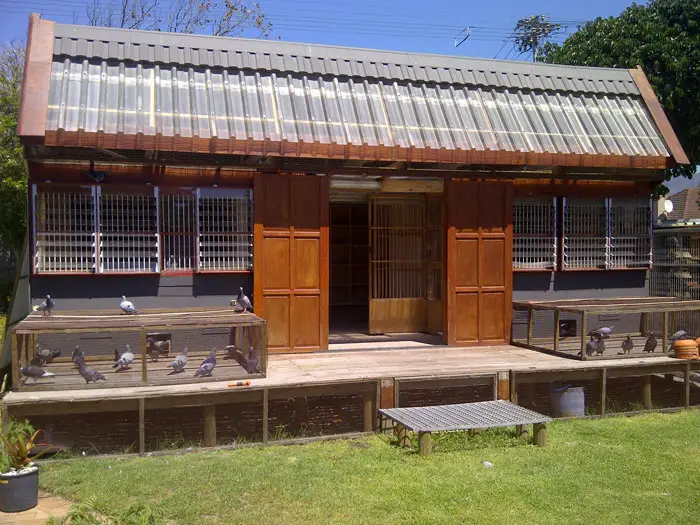
- Regular health checks:
- Conduct regular health checks on your pigeons, including visual inspections and weight measurements.
- Look for signs of illness, such as changes in behavior, appetite, or droppings.
- Keep detailed records of each bird’s health history, including vaccinations and treatments.
- Vaccinations:
- Vaccinate your pigeons regularly against common diseases, such as paramyxovirus, salmonella, and pox.
- Follow the vaccination schedule recommended by your veterinarian or avian specialist.
- Biosecurity measures:
- Limit access to the loft to only essential personnel and visitors.
- Wear protective clothing, such as gloves and shoe covers, when entering the loft.
- Quarantine new birds for a minimum of 30 days before introducing them to the rest of the flock.
- Sanitation:
- Clean and disinfect the loft regularly, including all surfaces, feeding and watering systems, and equipment.
- Use bird-safe disinfectants recommended by your veterinarian or avian specialist.
- Nutritional management:
- Provide a balanced and nutritious diet for your pigeons to promote good health and immune function.
- Monitor feed quality to ensure it is fresh and free from contamination.
- Provide access to clean water at all times.
- Parasite control:
- Monitor your pigeons for parasites, such as mites or lice.
- Use bird-safe parasite control methods, such as dusting powders or sprays.
- Remove and dispose of any contaminated bedding or nesting material promptly.
Conclusion
This article provides a concise guide to designing and maintaining a healthy pigeon racing loft. It covers key factors that contribute to successful loft and maintenance practices that keep the flock healthy and thriving. Factors included to do so are ventilation, lighting, nesting boxes, location, and materials.
A healthy flock of racing pigeons also requires regular cleaning, disinfection, and health monitoring. By following best practices for loft design and maintenance, you can ensure the success and longevity of your flock. Don’t forget to implement these as soon as possible.
